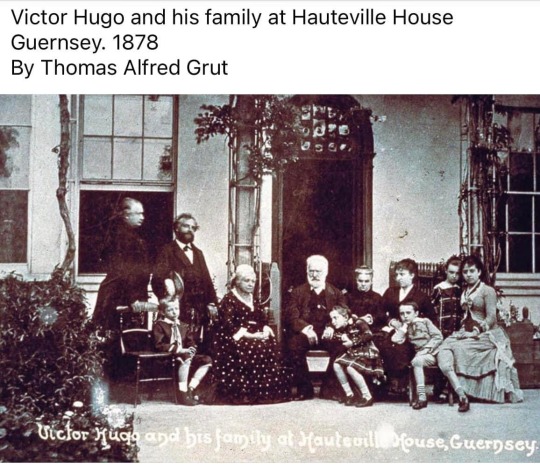#hauteville
Explore tagged Tumblr posts
Text
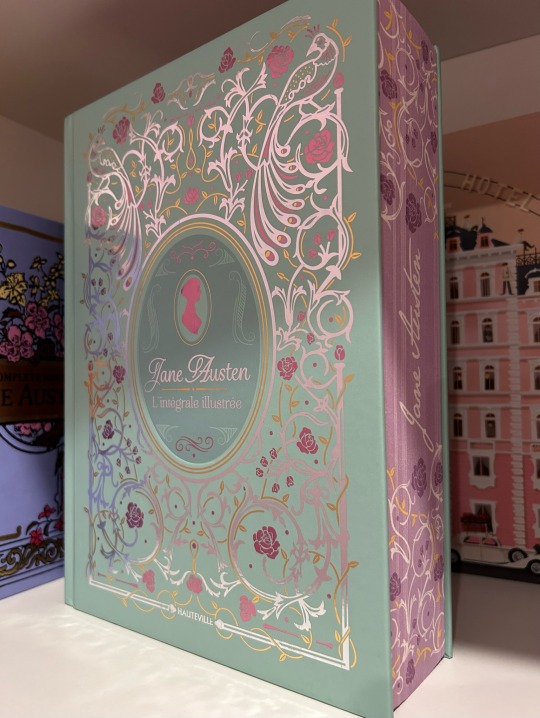
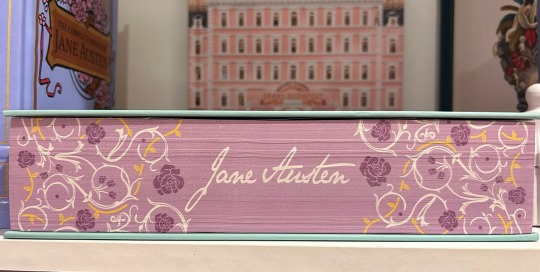
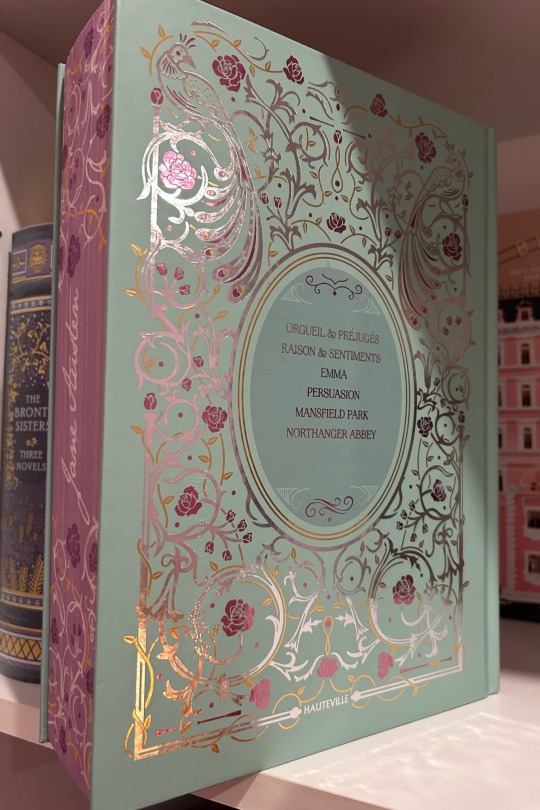

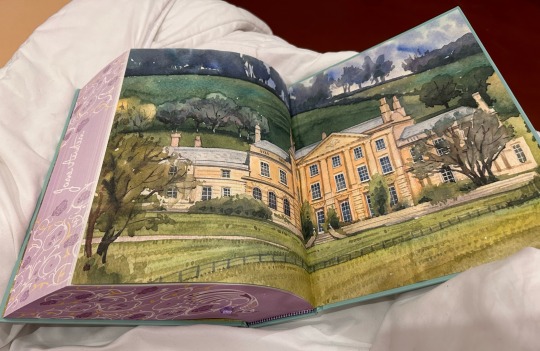
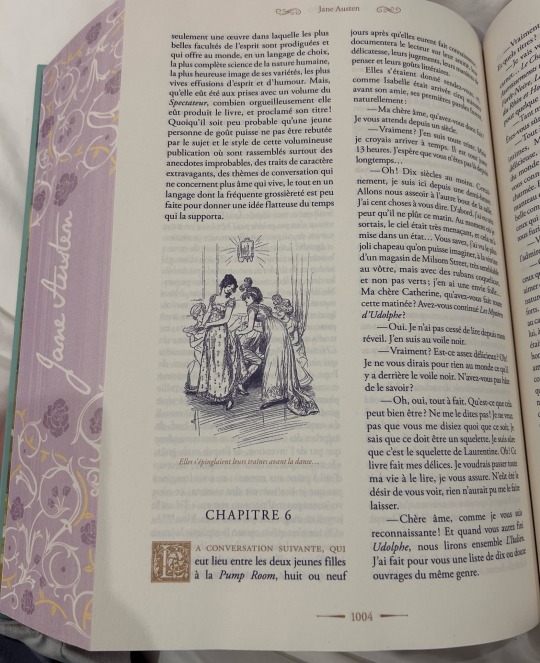
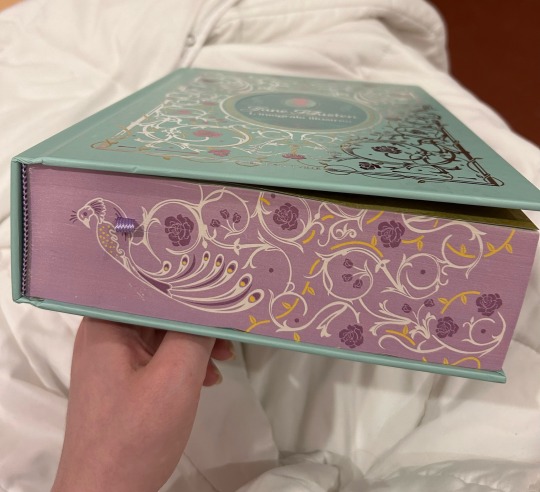

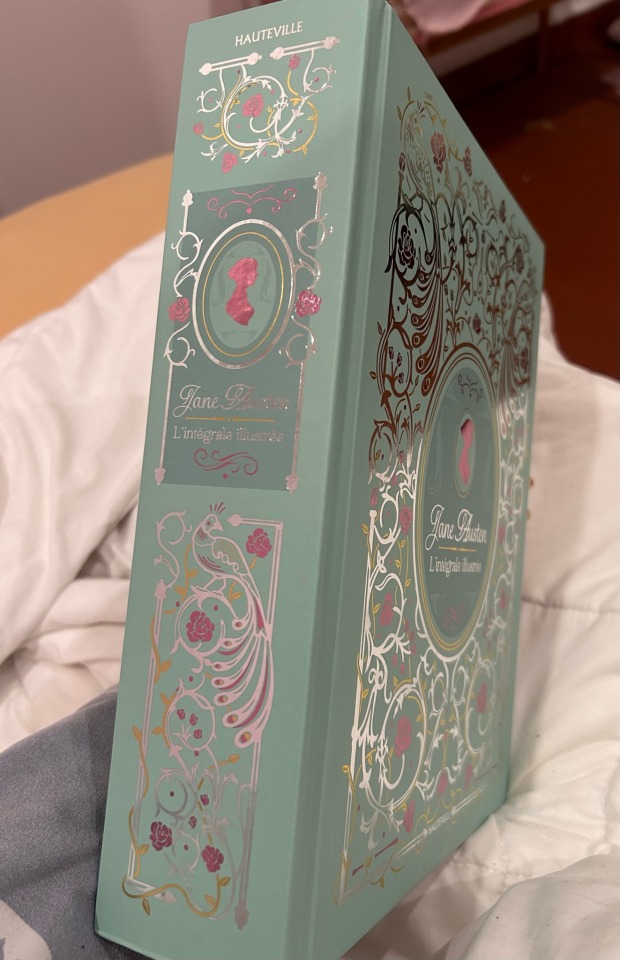
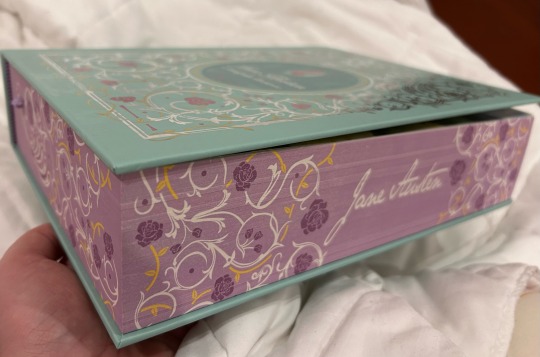
#my favorite Christmas present and probably my favorite/ most beautiful item I’ve ever owned 🤩#a work of art#perfection#jane Austen#books#illustrated#collection#beautiful#splendid#intégrale#edition#hauteville#French#illustrée#gorgeous#breathtaking#livres#unique#special#precious#stunning#lovely#the complete works#decor#shelves
156 notes
·
View notes
Text

#roger de hauteville#roger i#count#norman#normans#hauteville#sicily#italy#medieval#middle ages#crusades#crusader#crusaders#crusade#christianity#christian#art#christendom#normandy#roger of hauteville#history#europe#european#knight#knights
28 notes
·
View notes
Text

View of Hauteville-Gondon, Savoy region of France
French vintage postcard
#sepia#gondon#hauteville#photography#vintage#france#postkaart#ansichtskarte#ephemera#carte postale#postcard#postal#briefkaart#region#savoy#photo#view#tarjeta#historic#french#postkarte
2 notes
·
View notes
Text
Love, Theoretically de Ali Hazelwood

View On WordPress
2 notes
·
View notes
Text
Les Mots d'Eden (par Christophe)
Synopsis Le chemin parsemé d’embûches d’un adolescent gay vers l’acceptation de soi. « Une plume, une histoire où l’émotion nous donne un nœud au ventre. »Viou et ses drôles de livres C’est la dernière année de lycée pour Eden – le point final à son adolescence orageuse dans une petite ville des États-Unis, coincé entre une mère fantasque et un père aussi richissime qu’absent. La suite de sa…
0 notes
Text
#elie saab#haute couture#haute boheme#hauteville#fashion#hautehorlogerie#haute cuisine#2011#runway fashion
0 notes
Text
Jean Baptiste Hugo announced as Guest of Honor at Barricades 2024
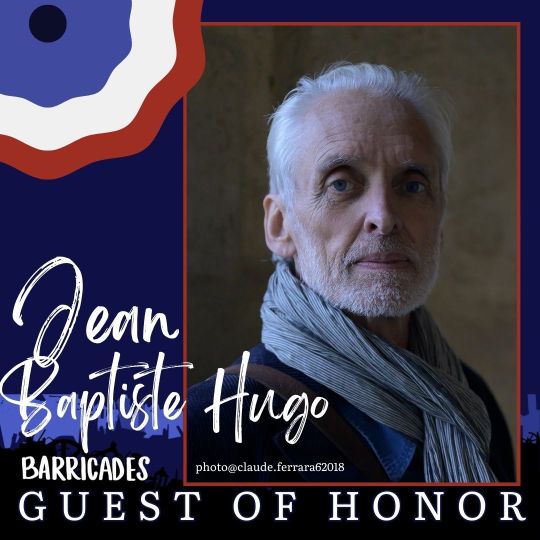
Barricades 2024 is pleased to announce Jean Baptiste Hugo as one of our Guests of Honor for this year's convention. Jean Baptiste Hugo is the great-great-grandson of Victor Hugo. He has extensively photographed Hugo's home in exile on Guernsey, a project about which he said this: “In 2014, I was about to start a series of photographs of Hauteville House, where Victor Hugo stayed in exile for 15 years. I had the intention, picturing in my mind the dark gothic rooms, to use the legendary black and white 400 Tri-X Kodak film, known for its grainy quality and its rich black tones. It just happened that around that same period I started looking into the extraordinary colour possibilities offered by digital photography, having considered it for years , I must admit, as very inferior to black and white film. The introduction I was given to digital colour photography inspired me enough to try and capture as faithfully as I could the colourful atmosphere of my ancestor’s folly on Guernsey and, I am glad I did, as it allowed me to engage in an exploration of colour and texture in a very creative way which I am still pursuing today through other photographic subjects.”
#mine#barricadescon#les miserables#les mis#Jean Baptiste Hugo#guest of honor#Barricades 2024#Guernsey#Hauteville House
169 notes
·
View notes
Text
I am going to Guernsey at the end of this month! I am going to see Hugo's Hauteville House, the place where Les Misérables was written! I'm so so so excited! Promise to write a report.
61 notes
·
View notes
Text

"Of all the prophecies in verse foretelling a future Saviour to which the West has given birth, Vergil's Fourth Eclogue is the most famous. Before celebrating in his mighty epic the future of Imperial Rome, the poet painted in this relatively short poem his picture of the future ruler of the world. He lent him all the attributes of the Messiah: as befits a son of the Gods he shall greet Life with a smile, he shall bring peace on earth and the Age of Gold, and shall evoke once more the kingdom of Apollo. The Middle Ages never paused to reflect that Vergil's promises might seem to be fulfilled in Augustus, Emperor of Peace, the poet's patron. To that Christian age such prophetic verses could bear one interpretation only — a miraculous fore telling of Christ's advent. That they foretold a "Ruler" was no deterrent, for men were wont to praise Christ as "King of the World" and "Emperor of All," and to represent him graphically, in a mandorla, throned on clouds, bearing the globe and law book in his hand and on his head the diadem: the stern Ruler of the Cosmos. To the pious mind it was but one miracle the more, that the heathen Vergil, like the prophets of the Ancient Covenant, had known and told the coming of the Redeemer. Thus this short poem, with its miraculous fore knowledge, earned for Vergil the admiration and reverence of the medieval world. This Vergilian prophecy provided the inspiration both in manner and matter for the song in which the Campanian poet, Peter of Eboli, extravagantly hailed the birth of Henry V’s only son. It is by no means without significance that Vergil thus stands by the cradle of the last and greatest Christian Emperor of the German Roman Imperium.
The learned Peter of Eboli was not the only poet and sooth sayer who offered his prophetic wares to the new-born child on the day following the Christmas of 1194. Godfrey of Viterbo, the tutor of Henry VI, hailed the boy as the future Saviour foretold of prophets, the time-fulfilling Caesar. Even before the birth Godfrey had in sibylline speech informed his master that the coming son was destined to prove the long-awaited King of all the World, who should unite East and West as the Tiburtine sibyl had foretold. And later the story ran that East and West had cried aloud with joy at the birth of the imperial heir. Meanwhile other and less flattering predictions gained currency which had likewise accompanied the birth of the youngest Hohenstaufen. The Breton wizard Merlin was said to have spoken of the child's "wondrous and unhoped for birth" and in dark mysterious words to have hinted at disaster. The child would be a lamb, to be torn in pieces, but not to be devoured; he was to be a raging lion too amongst his own. The Calabrian Cistercian, the Abbot Joachim of Flora, the "Fore-runner" of St. Francis, was swift to recognise in the new-born child the, future Scourge of the World, the AntiChrist who was to bring confusion in his train. The Abbot, indeed, full of prophetic fire, was said to have informed the Emperor betimes that the Empress — overlain by a demon — was pregnant, without yet knowing of her pregnancy. The Empress too had had a dream and it had been revealed to her that she was to bear the fiery brand, the torch of Italy.
Constance obsessed the imagination of her contemporaries as few empresses have done. The strangely-secluded girlhood of the heiress of Sicily, posthumous daughter of the gifted Norman king and state-maker, Roger II, the great blondbearded Viking: her belated marriage, when she was already over thirty, with Barbarossa's younger son, her junior by ten years: her nine years of childlessness: the unexpected conception by the ageing woman: all this was — or seemed — mysterious enough to the people of her time to furnish ample material for legend. According to current rumour Constance's mother, Beatrice, daughter of Count Gunther of Rethel, had been a prey to evil dreams when, after the death of King Roger, she was brought to bed of the future Empress. And the augurs of the half-oriental Norman court declared that Constance would bring dire ruin on her fatherland. To avert this evil fate, no doubt, Constance was at once doomed to be a nun. The fact that the princess actually spent long periods in various nunneries in Palermo may well have strengthened such a report. The story further ran that Constance had been most unwilling to marry at all, and this coloured Dante's conception of her: because she left her "pleasant cloister's pale" under pressure and against her will, he gave the Empress a place in Paradise. The tale that Constance had taken the veil was widely believed, and later deliberately circulated by the Guelfs out of malice towards her son. The similar super stition of a later day foretold that a nun should be the mother of Anti-Christ. Meantime this first and only pregnancy of the forty-year old empress gave rise to another cycle of legend. It became the fashion to represent Constance as being consider ably older than she was, in order to approximate the miracle of this belated conception to Bible precedent, and she is tradition ally depicted as a wrinkled old woman. The rumour that the child was supposititious was bound to follow, and it was given out that he was in reality the son of a butcher. Shrewd woman that she was, Constance had taken measures to forestall such gossip: she had had a tent erected in the open market place, and there in the sight of all she had borne her son and proudly displayed her well-filled breasts — so the counterrumour ran.
Not in Palermo, but in Jesi, a small town dating from Roman times, in the March near Ancona, Constance brought her son to birth. After he was Emperor, Frederick sang the praises of his birthplace in a remarkable document. He called Jesi his Bethlehem, and the Divine Mother who bore him he placed on the same plane as the Mother of our Lord. Now the Ancona neighbourhood with its landscapes belongs to the most sacred regions of Renaissance Italy. As soon as the Italian people awoke to self-consciousness it recognised this as a sancta regio and consecrated it as such. From 1294 — a hundred years after the birth of the Staufen boy — the Virgin's house from Nazareth stood in the Ancona Marches, and Loreto, where it eventually came to rest, became one of the most famous places of pilgrimage in Italy. So it need cause no surprise that the March — the home moreover of Raphael — supplies the actual landscape basis (so far as a mythical landscape has a real prototype) for innumerable pictures of the Madonna playing with the Holy Child. These sunlit scenes played no part in the actual childhood of the boy. A few months after his birth Constance had the " blessed son " — to whom for the moment she gave the name of Constantine — removed to Foligno near Assisi and placed in the care of the Duchess of Spoleto, while the Empress herself hastened back to her Sicilian kingdom. She had only stayed in Jesi for her confinement, while the Emperor Henry travelled south to repress a Sicilian insurrection. This he accomplished with severity and bloodshed, and at last, after years of toil and fighting, he took possession of the hereditary country of his consort. All that Barbarossa had once dreamed, and had hoped to achieve through the Sicilian marriage of his son: to checkmate the exasperating Normans who always sided with the enemies of the Empire; to secure in the extreme south a firm fulcrum for the Empire of the Hohenstaufen, corresponding to their stronghold north of the Alps, and from these two bases — independent of the favour or disfavour of the German princes — to supervise and hold in check the Patrimonium between, and the ever-restive Italy: all this had reached fulfilment one day before the heir to this imperial power was born. Escorted by Saracen trumpeters, Henry with unexampled pomp entered as victor into the conquered city of Palermo, the terrified populace falling on their knees as he rode by, and on Christmas Day 1194 he was crowned King of Sicily in the cathedral of the capital. He was soon able to announce in one and the same letter both the victorious outcome of his cam paigns and the birth of his son and heir. The assurance of the succession gave full value to the conquest of the southern kingdom, a hereditary not an elective monarchy, and to the other great achievements of the indefatigable Emperor."
Ernst Kantorowicz, Frederick the Second, pp. 3-6
#history#historicwomendaily#constance i of sicily#frederick ii#sicily#house of hauteville#house of hohenstaufen#people of sicily#women of sicily#norman swabian sicily#myedit#historyedit
8 notes
·
View notes
Text

Vaches III, 2024, aquarelle sur papier, 29,7 x 21 cm
#art#peinture#painting#aquarelle#watercolor#animal#vache#cow#Normandie#Manche#Hauteville sur Mer#bovin Bonnard
9 notes
·
View notes
Text

Le Grand Couloir, téléski (et petite restauration) à Hauteville-Lompnes, Ain.
6 notes
·
View notes
Text

Hauteville House,Guernsey, the home of French classic novelist Victor Hugo,author of literary historical classic, Les Miserables
Hauteville House,St Peter Port,Guernsey,Channel Islands,GY1 1DG,UK (Though the house is owned by the city of Paris,the French capitol.)
Museum and French consulate residence
3 notes
·
View notes
Text

Tancred of Hauteville, Prince of Antioch, takes possession of Bethlehem on 6 June 1099 | Tancrède de Hauteville, prince d'Antioche, prend possession de Bethléem, le 6 juin 1099
by Pierre-Henri Révoil
#first crusade#art#tancred of hauteville#tancred#prince of antioch#prince of galilee#hauteville#norman#tancrède de hauteville#crusade#holy land#bethlehem#jerusalem#history#europe#european#medieval#middle ages#crusader#crusaders#knights#normans#pierre henri révoil#crusades#christianity#christian#siege#moon#church of the nativity#church
47 notes
·
View notes
Text

Street scene in Hauteville-sur-Mer, Normandy region of France
French vintage postcard
#region#carte postale#postkarte#hauteville#historic#postcard#sepia#ansichtskarte#postkaart#tarjeta#france#briefkaart#scene#ephemera#photography#normandy#street#vintage#french#postal#photo
2 notes
·
View notes
Text
The love hypothesis de Ali Hazelwood
🌺Mon #avis sur The love hypothesis de Ali Hazelwood sorti chez Hauteville (@BragelonneFR), est en ligne 🥰 🔥J'ai eu un coup de ❤️ pour cette histoire et ses personnages. J'ai kiffé ma lecture, ça c'est clair !

View On WordPress
2 notes
·
View notes
